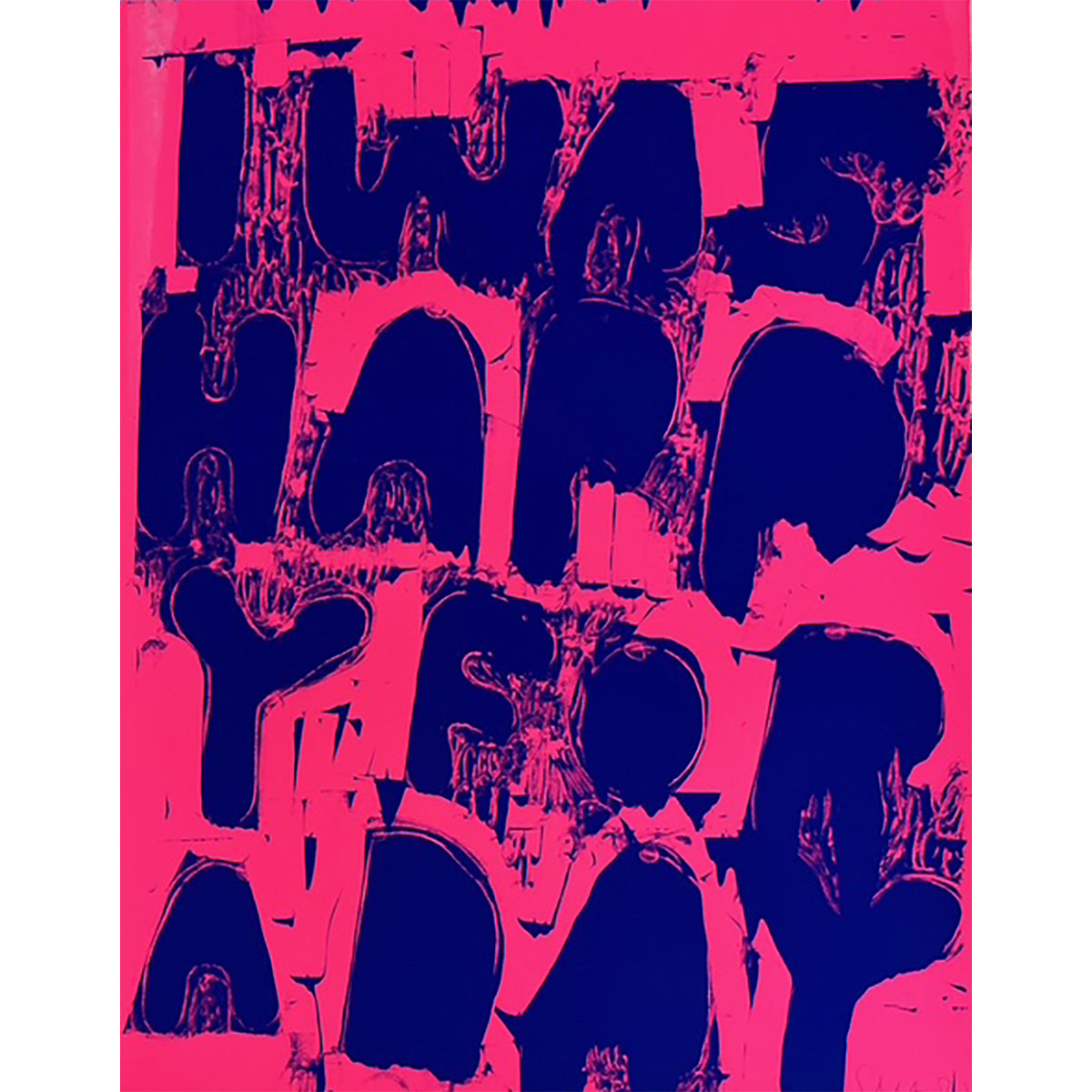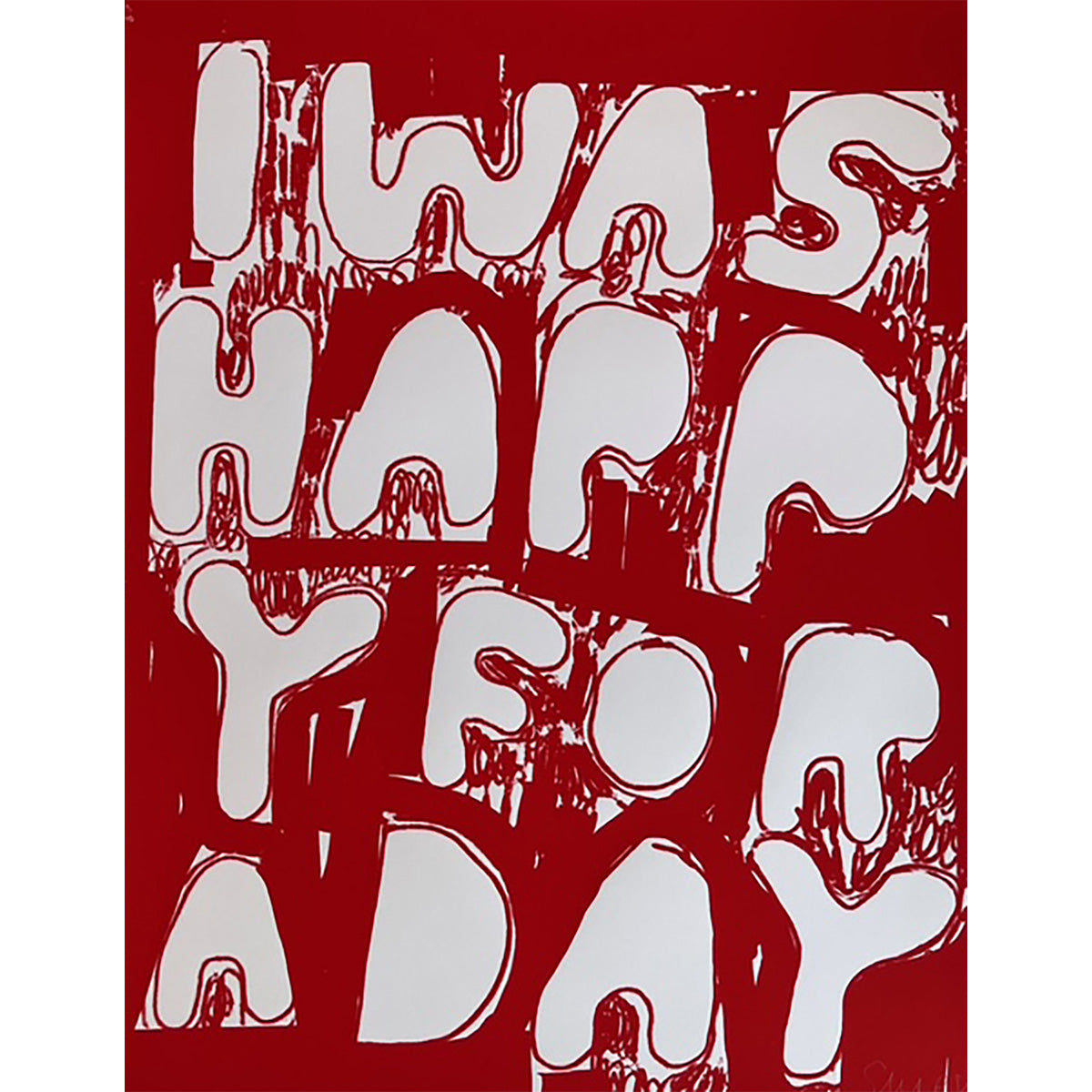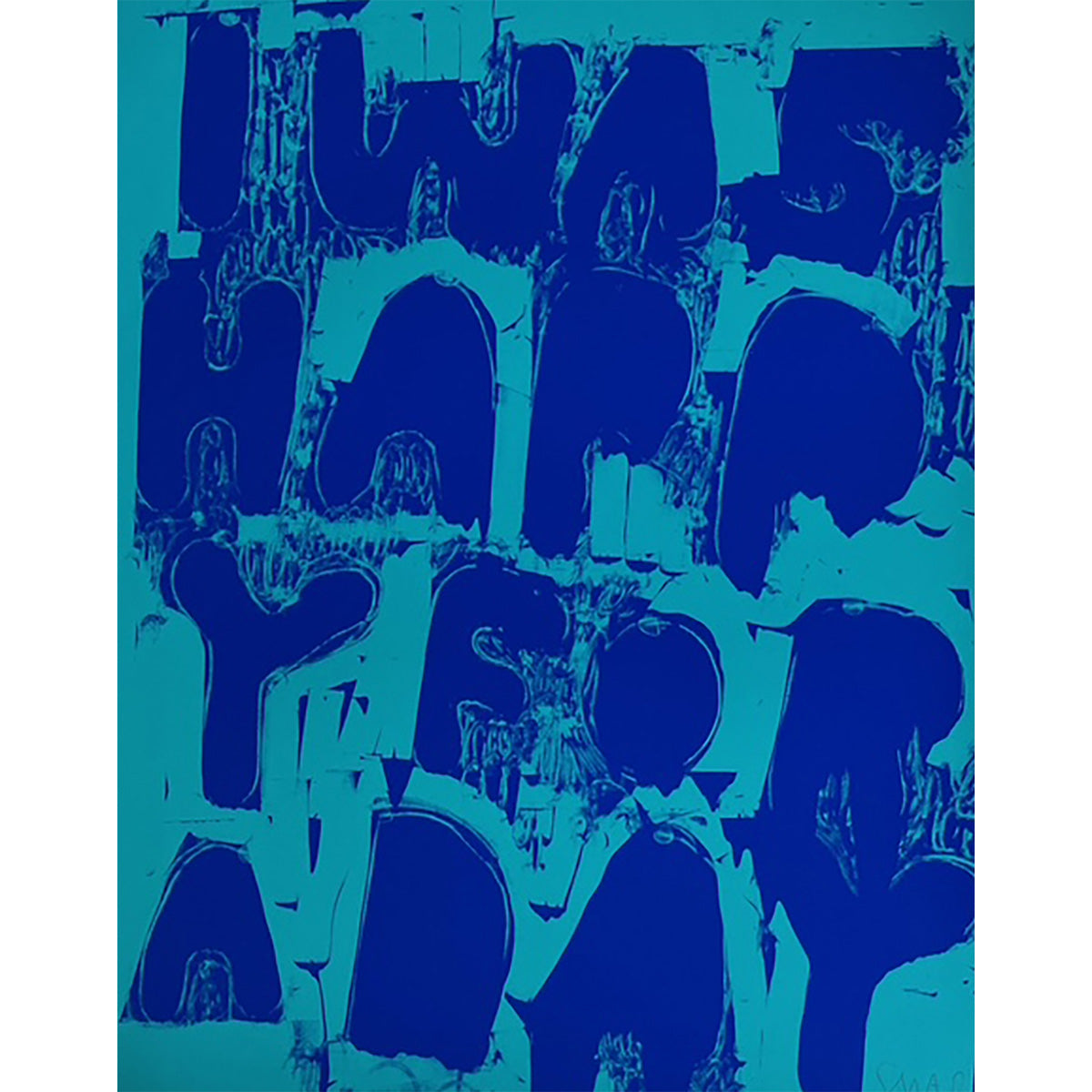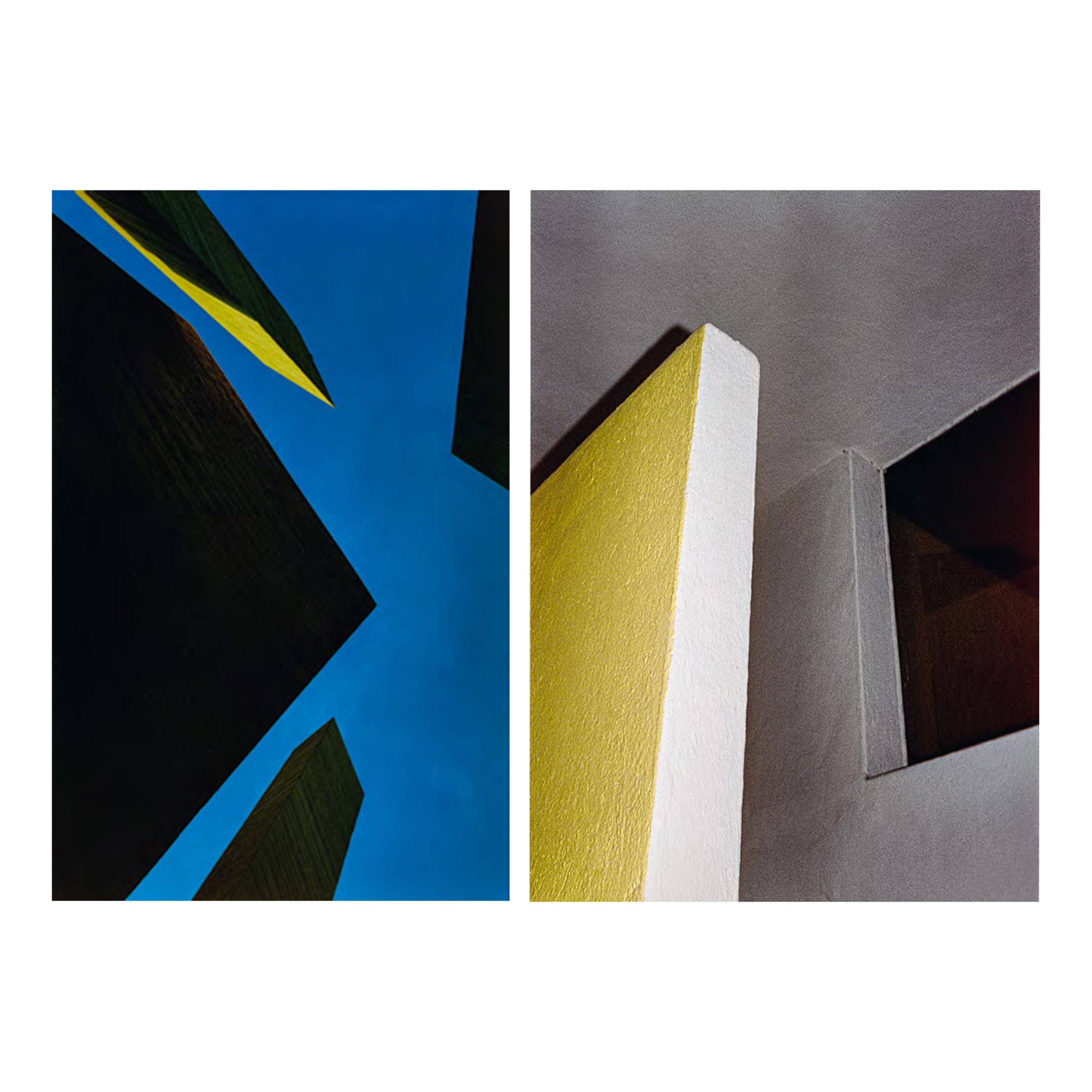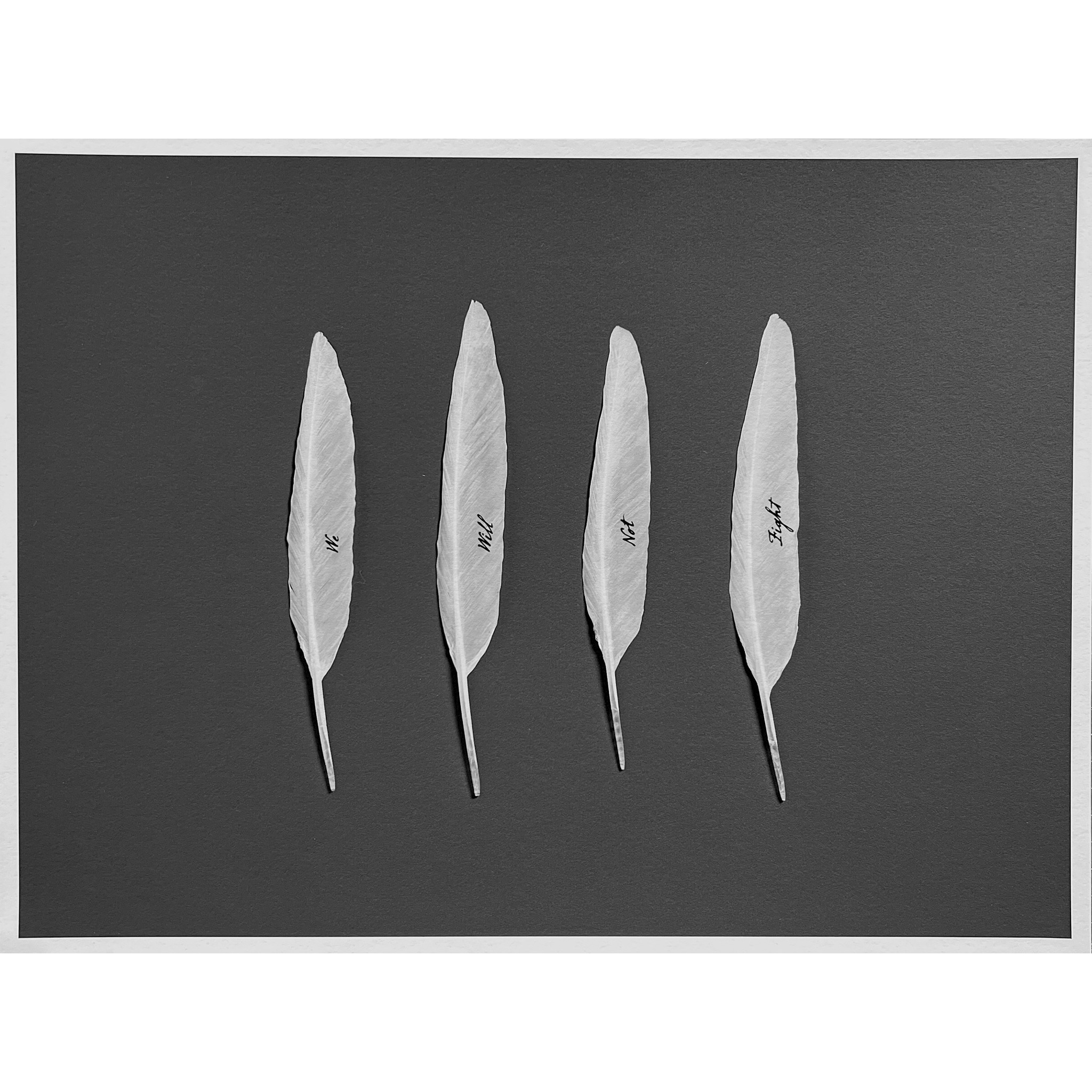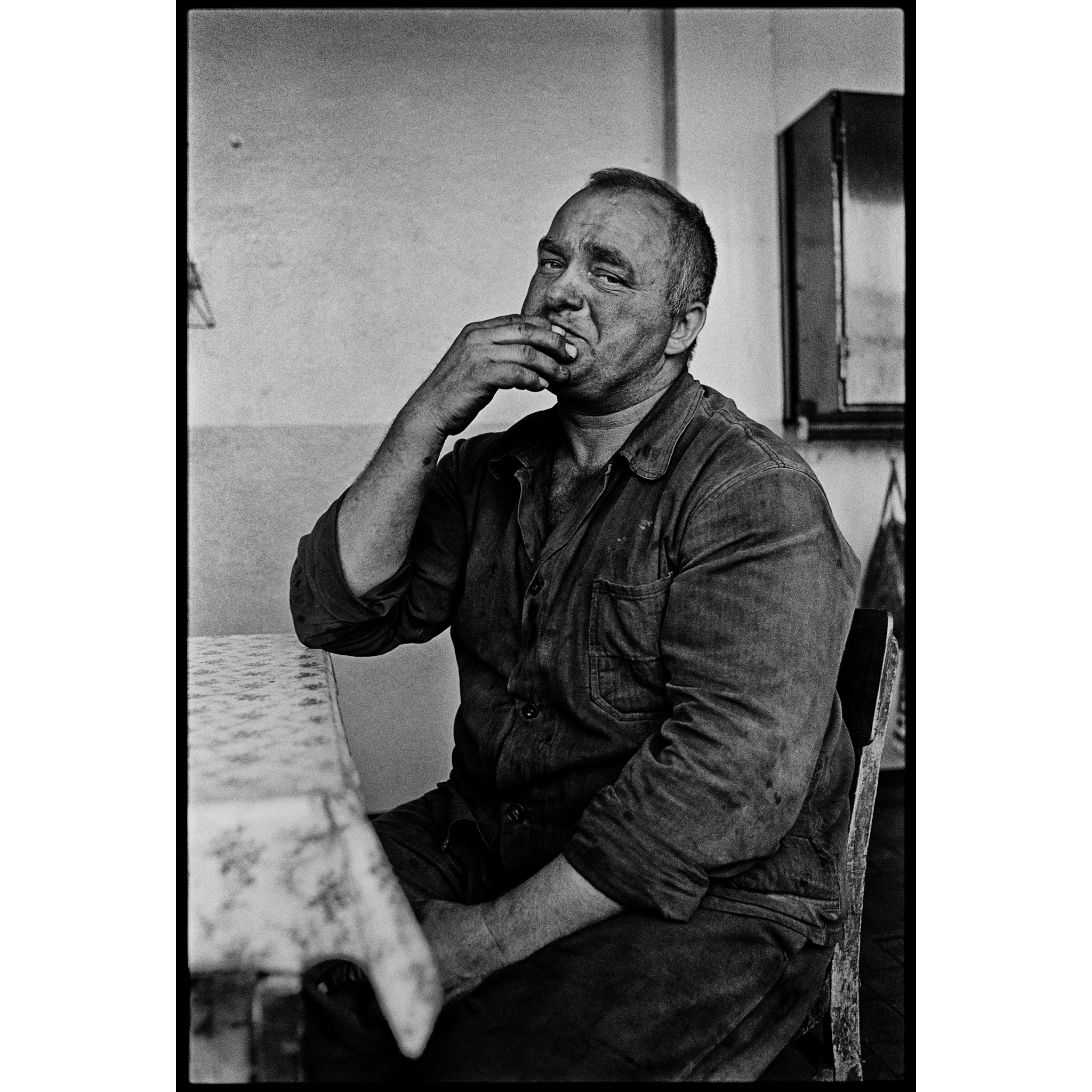
Christina Glanz - Ludwig Scherwinsky, aus: "Brikettfabrik 69, Lauchhammer 1992/2023"
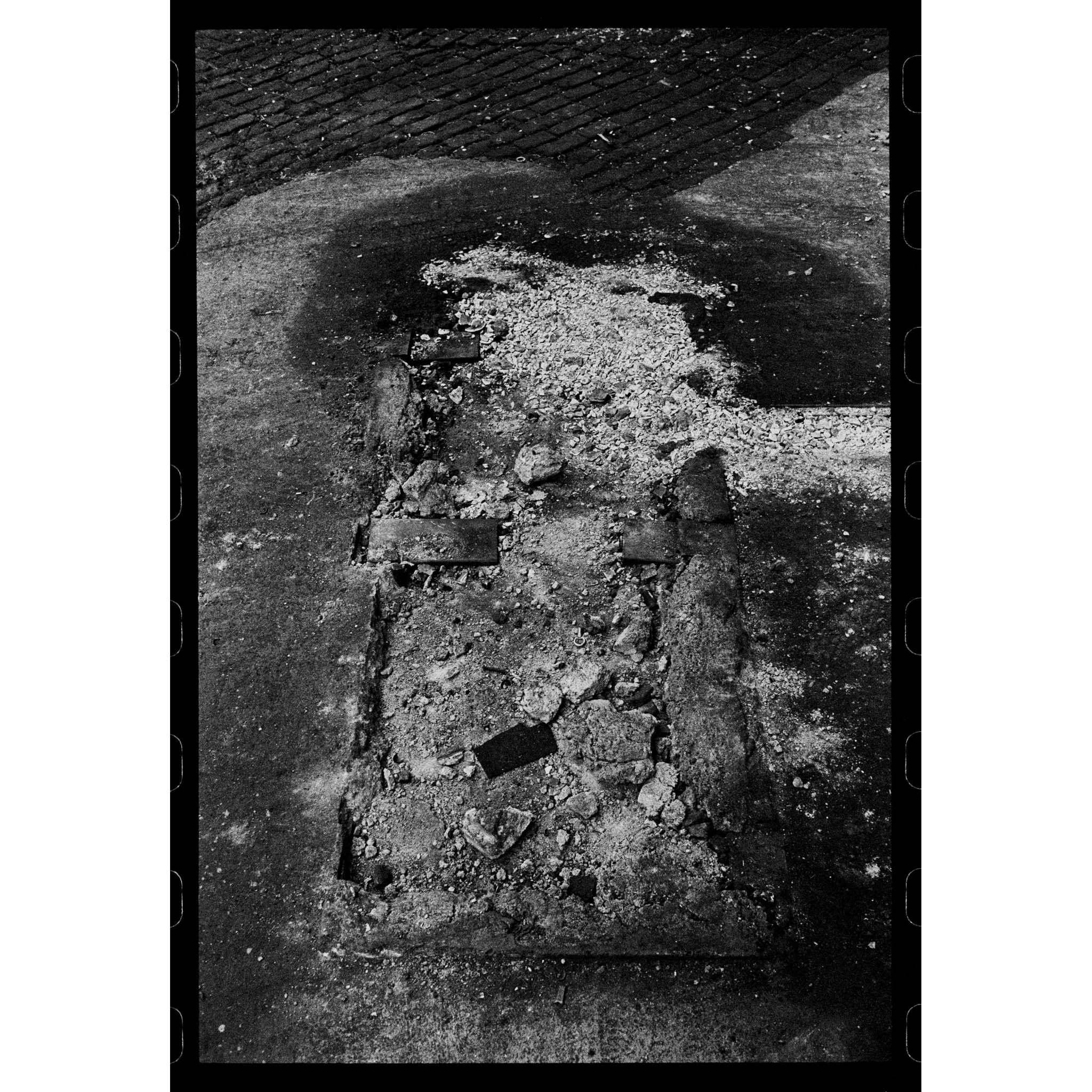
Christina Glanz - Maschinenplätze, aus: In den Brikettfabriken

Christina Glanz - SET: Ludwig Scherwinsky und Maschinenplätze aus: "Brikettfabrik 69, Lauchhammer 1992/2023"
Christina Glanz
Tax included. Shipping calculated at checkout
Fine art baryta hand print from black and white negative
(silver gelatine print), air-dried
Sheet size: 40 x 30 cm
Image size: 36,5 x 23,5 cm
signed, numbered on verso
Limited edition of 18 copies
The edition will be made exclusively for you by the artist.
We ask for your understanding that this may result in slightly longer delivery times. We will inform you of the expected dispatch date after receipt of your order.
Shipping Policy
Germany: €49.00
EU: €90.00
Worldwide: €200.00
Different shipping costs apply to selected editions due to size or weight. These will be calculated at checkout.
Some editions will only be made for you after your order has been received. In these cases we expect a deadline of around 4 weeks for printing and shipping.
If you have any questions, please contact your contact person at the publisher directly.
The portrait of Ludwig Scherwinsky (motif #1) comes from the series In den Brikettfabriken, which Christina Glanz took in her first photo documentation in Lusatia in 1992-1994 but never published until now. At this time, the workers in the coal-processing industry in the former GDR were about to be made redundant by the Treuhand, and the buildings had long been left to decay. Soon they will all be 'wound up', people and buildings alike. The depicted worker immediately brings to mind August Sander and his 'People of the 20th Century' - beyond his individual appearance, he seems to represent all the hard-working people of the GDR who lost their livelihoods as a result of the German reunification.
The photo from "Maschinenplätze" (Motif #2) shows an "empty space", a trace of human activity, like an archaeological find: the machine has already been dismantled, only a few metal remnants and anchors remain in this place. One can only guess at the number of decades that were spent working here. The different textures and materials develop their very special feel and an extraordinary aesthetic appeal in the high-quality hand print.
"I was interested in the work in the coal refineries, power stations and metalworking production facilities in Lauchhammer and Lower Lusatia. For the first time, I entered a briquette factory, for the first time I stood in the middle of the noise between the furnace lines of the coking plants, which until then I had only known as a monumental silhouette. For the first time, I brought the coal dust and corrosive odours home with me in the evening." Christina Glanz
CHRISTINA GLANZ (*1946, Eichsfeld, Germany) studied architecture in Dresden and at the Weißensee Academy of Art Berlin. From 1973 – 78 she worked at tthe state department for urban development, where she was concerned with one of East Berlin’s major housing projects, the development of the Marzahn district. In 1979, Glanz became a research assistant in architecture and photography at the Weißensee Academy of Art Berlin, and has worked as a freelance photographer since 1982.
Produktinformation Deutsch
Das Porträt »Ludwig Scherwinsky« (Motiv #1) entstammt der Serie In den Brikettfabriken, welche Christina Glanz in ihrer ersten Fotodokumentation 1992-1994 in der Lausitz aufnahm, aber bislang nie veröffentlichte. Die Arbeiter und Arbeiterinnen der Kohle verarbeitenden Industrie auf dem Gebiet der ehemaligen DDR stehen zu diesem Zeitpunkt kurz vor ihrer Kündigung durch die Treuhand, und die Gebäude sind schon lange dem Verfall preisgegeben. Bald werden sie alle, Menschen wie Gebäude, 'abgewickelt' werden. Der dargestellte Arbeiter lässt sogleich an August Sander und seine 'Menschen des 20.Jahrhunderts' denken - er scheint über seine individuelle Erscheinung hinaus alle hart arbeitenden Menschen der DDR zu repräsentieren, die durch die Wiedervereinigung ihre Existenzen verloren.
Die Aufnahme aus »Maschinenplätze« (Motiv #2) zeigt eine »Leerstelle«, eine Spur menschlicher Aktivität, einem archäologischen Fund gleich: Die Maschine ist bereits abmontiert, es sind nur noch ein paar Metallreste und Verankerungen an diesem Platz geblieben. Die Anzahl der Jahrzehnte, die genau hier gearbeitet wurde, kann man nur erahnen. Die unterschiedlichen Texturen und Materialien entwickeln in dem hochwertigen Handabzug ihre ganz besondere Haptik und einen außergewöhnlichen ästhetischen Reiz.
»Mich interessierte die Arbeit in den Kohleveredlungsbetrieben, Kraftwerken, metallverarbeitenden Produktionsstätten in Lauchhammer und in der Niederlausitz. Zum ersten Mal betrat ich eine produzierende Brikettfabrik, zum ersten Mal stand ich mitten im Lärm zwischen den Ofenstraßen der Kokereien, die ich bis dahin nur als monumentale Silhouette kannte. Zum ersten Mal brachte ich am Abend den Kohlenstaub und ätzende Gerüche mit nach Hause.« Christina Glanz
CHRISTINA GLANZ (*1946, Eichsfeld, Thüringen) studierte Architektur in Dresden und an der Kunsthochschule Berlin Weißensee. Ab 1973 arbeitete sie im staatlichen Büro für Städtebau in Berlin und war u. a. mit der Planung des Stadtteils Marzahn betraut. 1976 begann sie zu fotografieren und trat 1979 eine Aspirantur in Architektur/Fotografie an der Kunsthochschule Berlin Weißensee an. 1982 wurde sie in den Verband Bildender Künstler der DDR (VBK) aufgenommen und arbeitete seitdem als freischaffende Fotografin.


